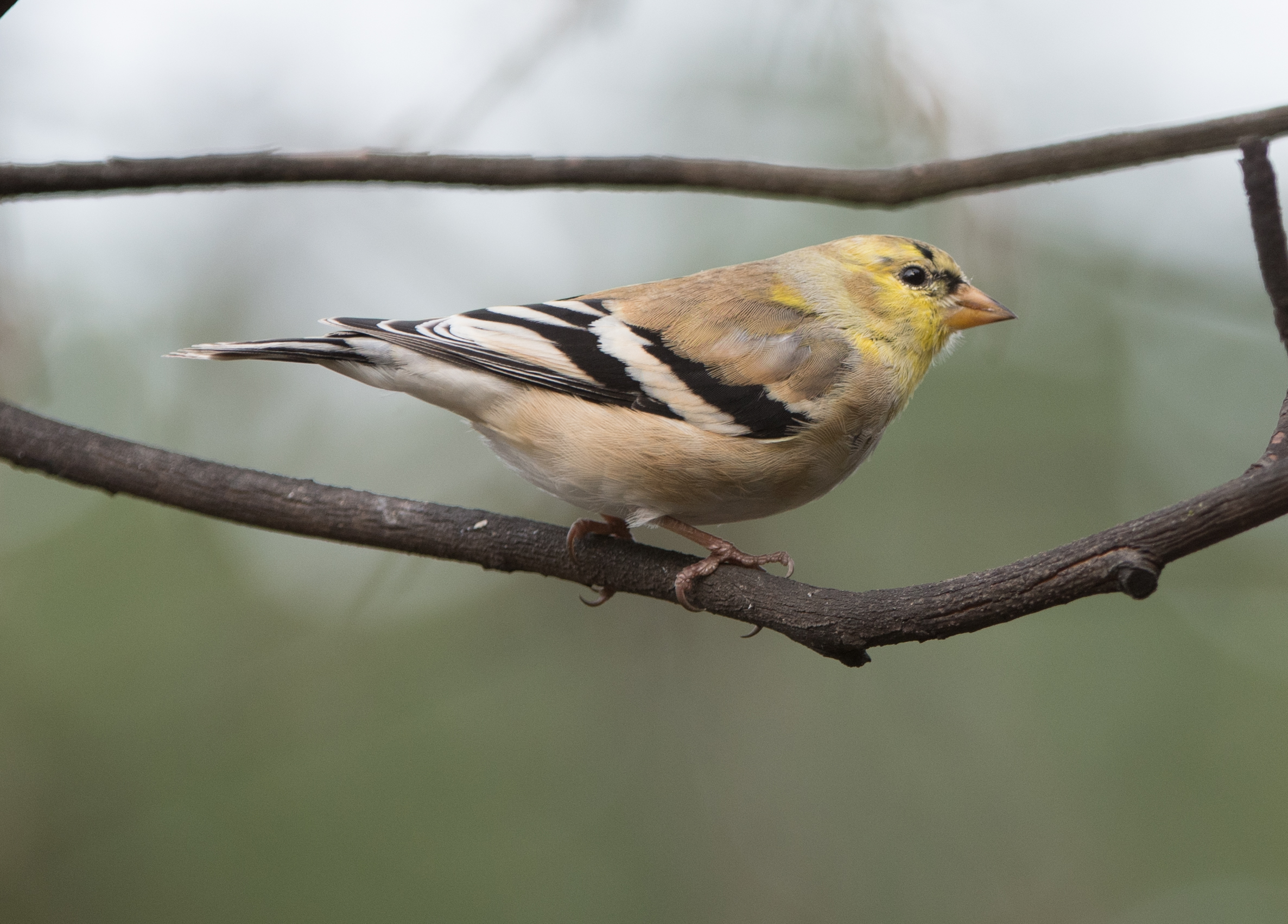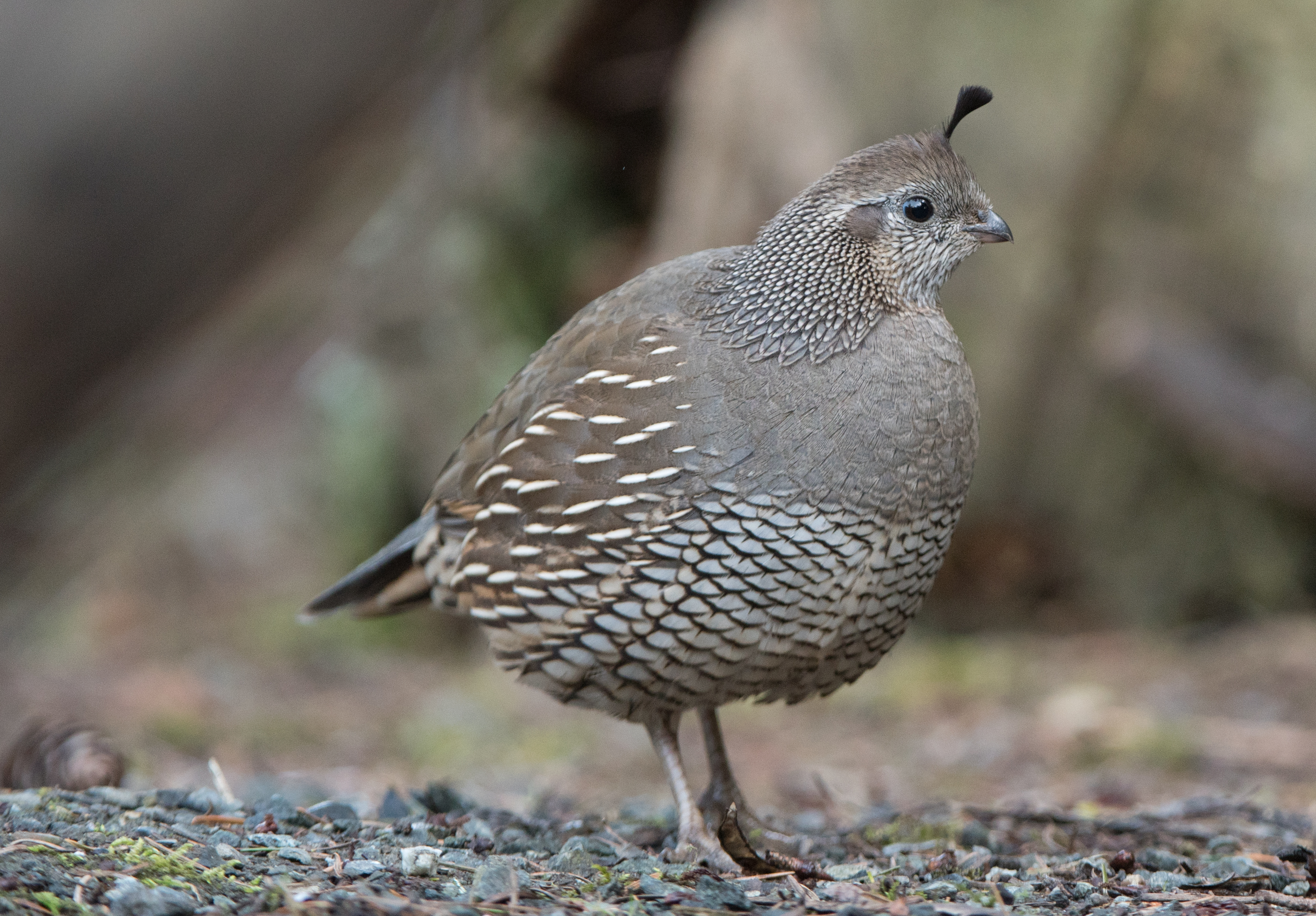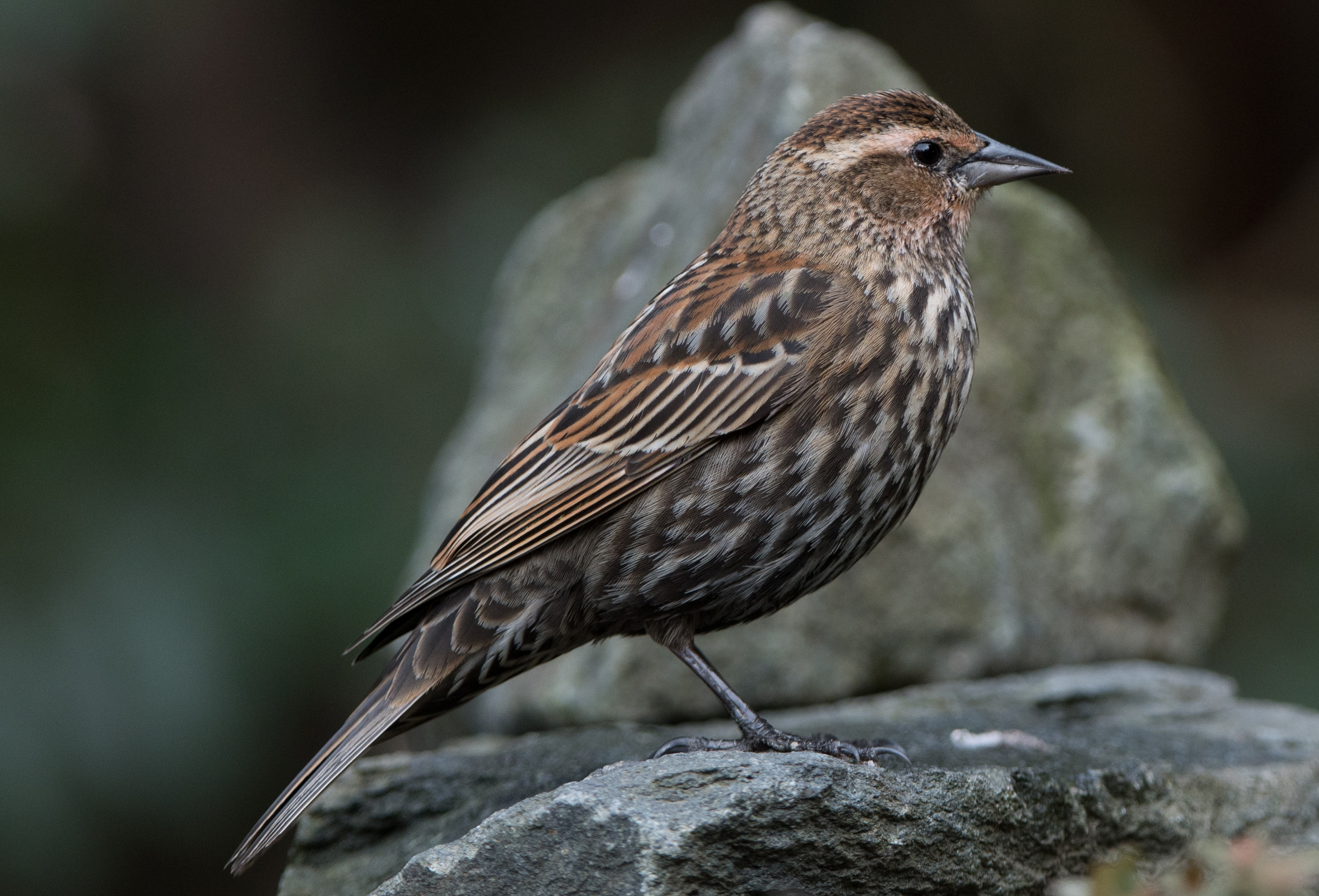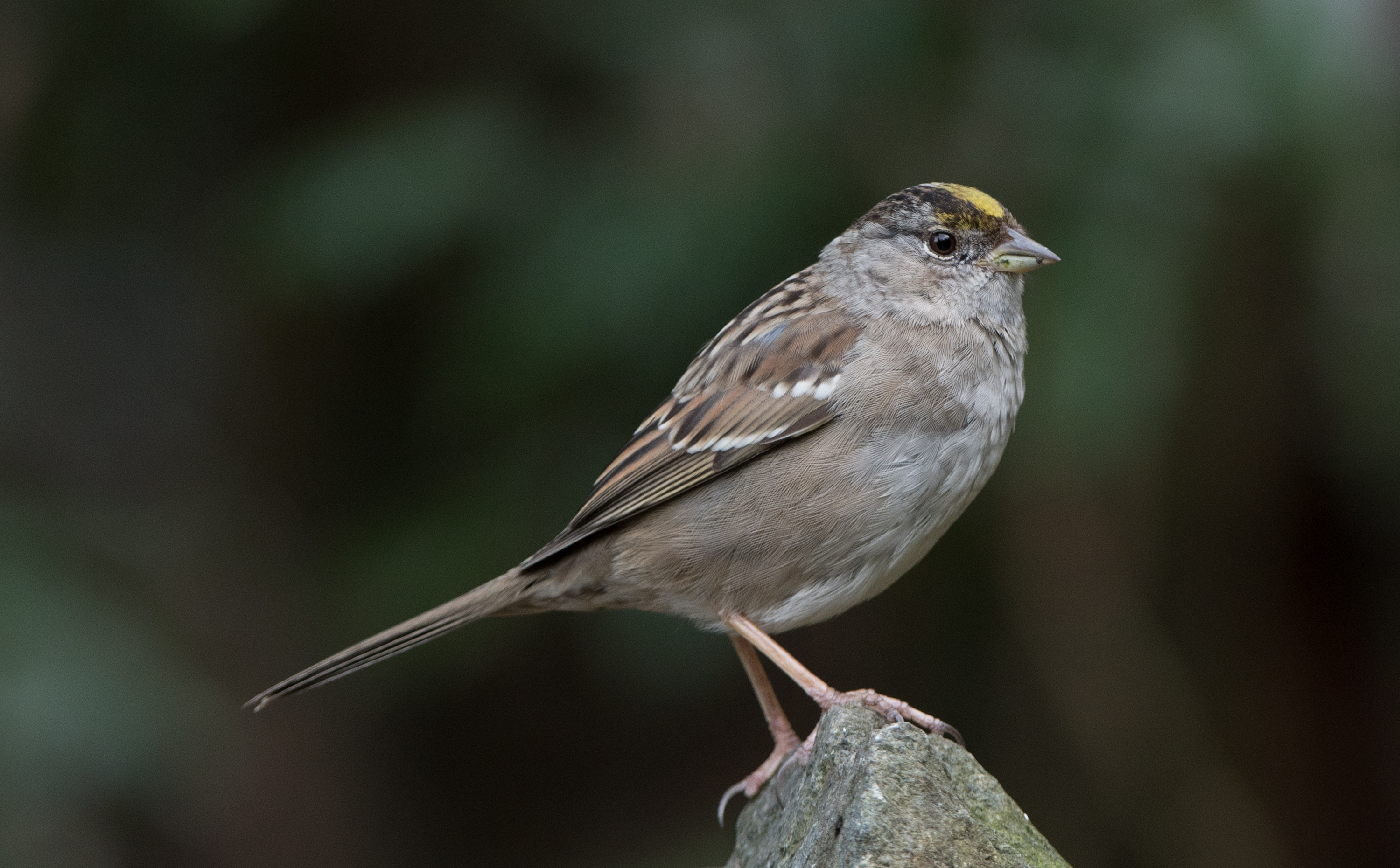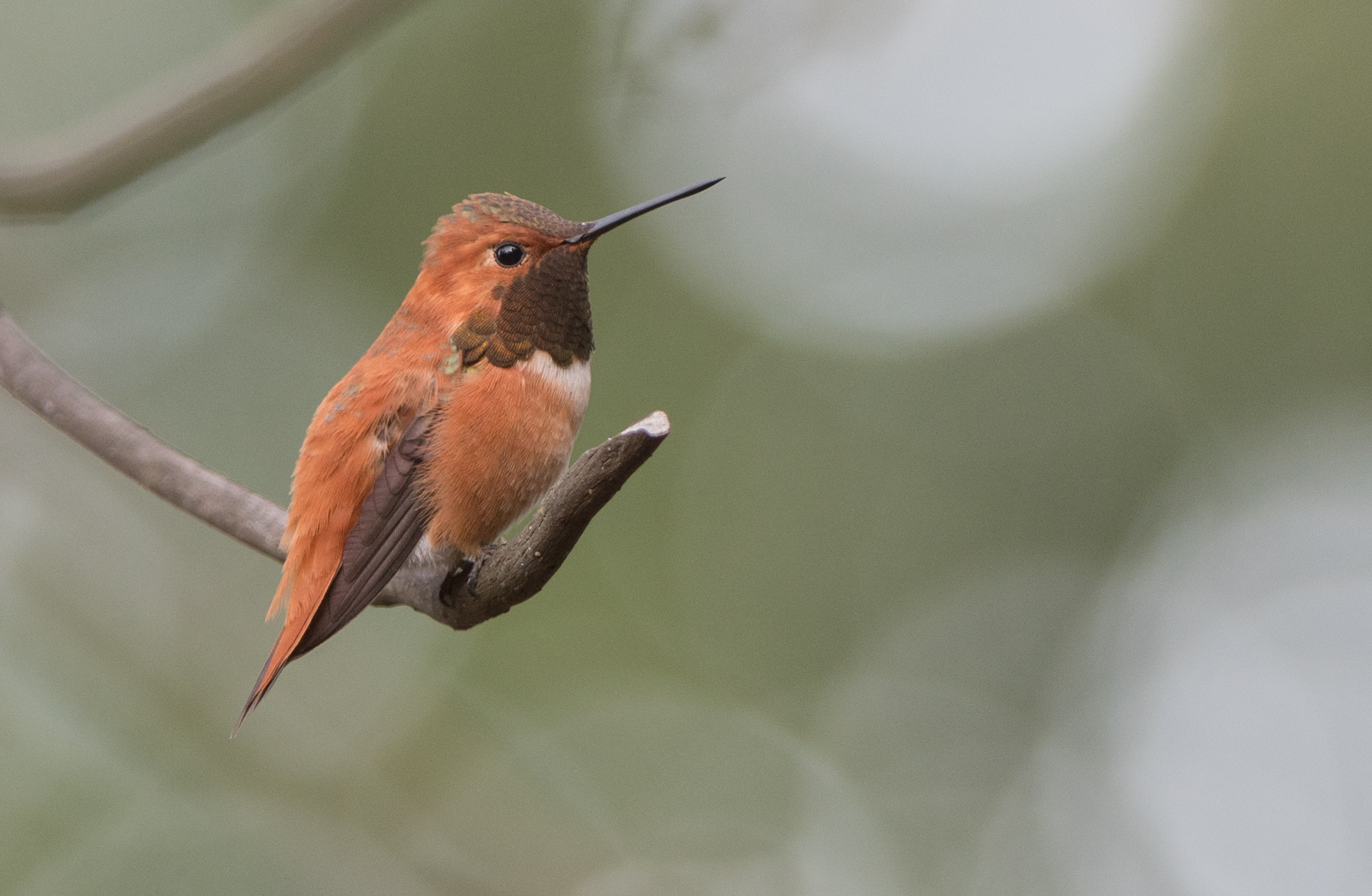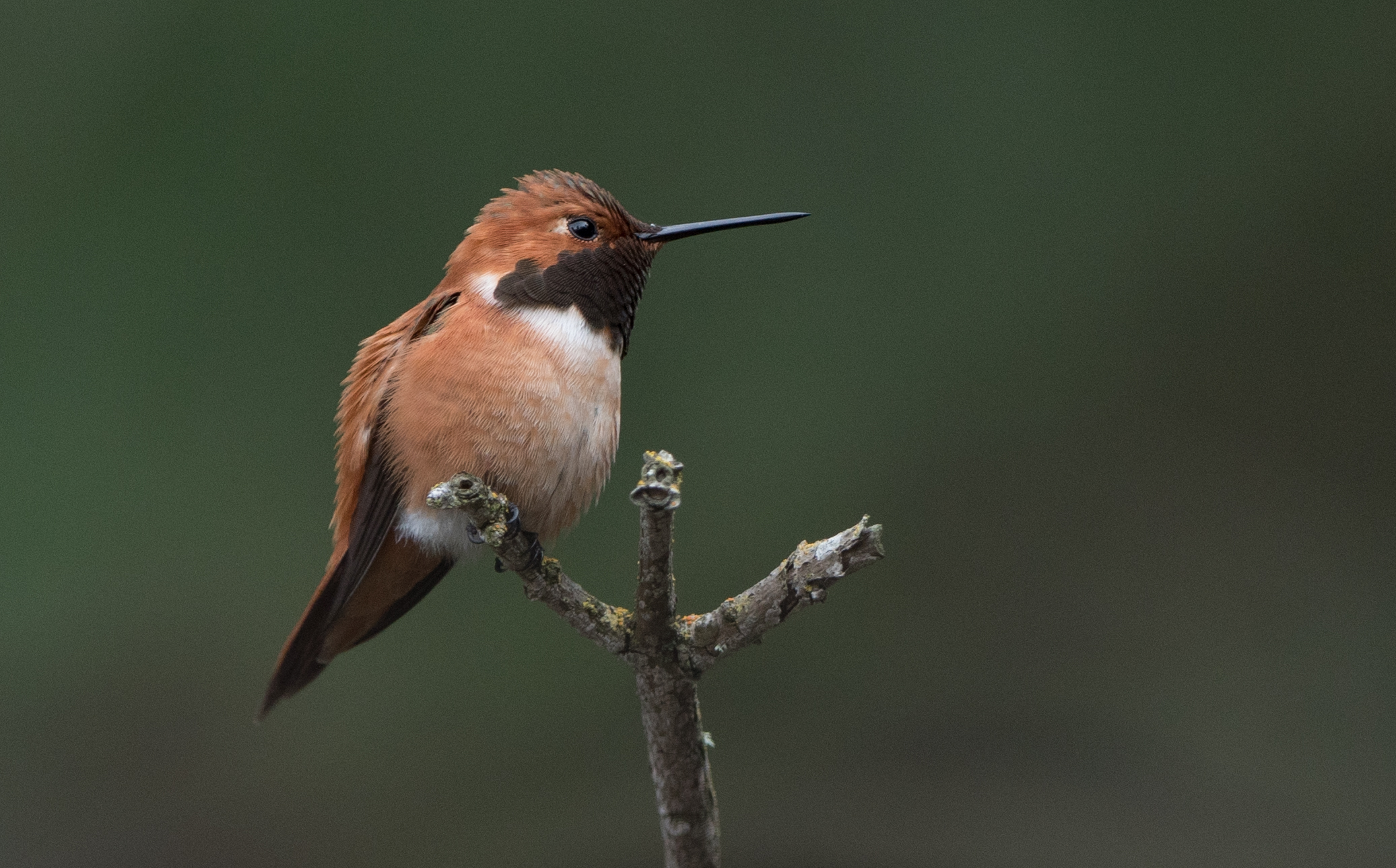Since mid-March, when the weather improved significantly, I have had some nice birding sessions in the yard. There are even a few migrants that are beginning to show up, but not the ones in which I am most interested. I’ve gotten some good photos, but in most cases they are birds whose photos you have seen recently.
We’ve had American goldfinches off and on almost all winter, which is unusual for our yard. And since the goldfinches are here rather early, we are getting to see the birds morph into their breeding plumage. This male has yet to develop its black crown, but you can see the it’s on the way.
We have also managed to host part of the Cap Sante California quail population through the winter for the first time in more than ten years. The group that visits our yard consists of 4-5 females and two males. We’re hoping for a bumper crop later in the season.
Red-winged blackbirds have returned to the yard, a sign that they have begun their breeding season in the wastewater treatment ponds down the hill. It’s my theory that the birds visit our yard because it’s a quick trip for food, reducing the amount of time they have to leave the nest to forage. Pictured is a female, a bird whose identity often puzzles beginning birders because they look nothing like the male.
In another month or so our Golden-crowned sparrows will have morphed into their breeding plumage and will be leaving the area to breed to the north.
And one of our most significant arrivals, first observed here on March 11, was a male Rufous hummingbird. I’m unsure whether or not that first bird is pictured here, and I’m also uncertain whether or not this is the same bird in both photographs, although both photos were taken on the same day (3/16).

